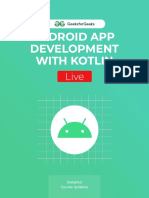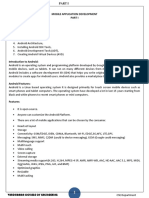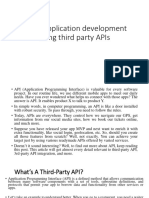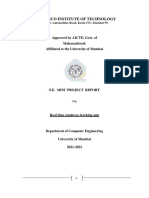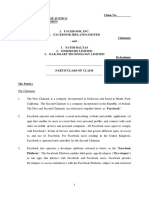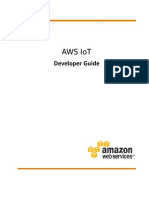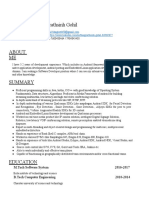0% found this document useful (0 votes)
40 views6 pagesHow To Develop A Simple Android App
This guide provides a step-by-step process for beginners to develop a simple 'To-Do List' Android app using Android Studio and Kotlin. It covers setting up the development environment, creating a new project, designing the user interface, writing the Kotlin code, and running the app. Additionally, it offers optional enhancements and debugging tips to improve the app and the development experience.
Uploaded by
AmitCopyright
© © All Rights Reserved
We take content rights seriously. If you suspect this is your content, claim it here.
Available Formats
Download as DOCX, PDF, TXT or read online on Scribd
0% found this document useful (0 votes)
40 views6 pagesHow To Develop A Simple Android App
This guide provides a step-by-step process for beginners to develop a simple 'To-Do List' Android app using Android Studio and Kotlin. It covers setting up the development environment, creating a new project, designing the user interface, writing the Kotlin code, and running the app. Additionally, it offers optional enhancements and debugging tips to improve the app and the development experience.
Uploaded by
AmitCopyright
© © All Rights Reserved
We take content rights seriously. If you suspect this is your content, claim it here.
Available Formats
Download as DOCX, PDF, TXT or read online on Scribd
/ 6


























